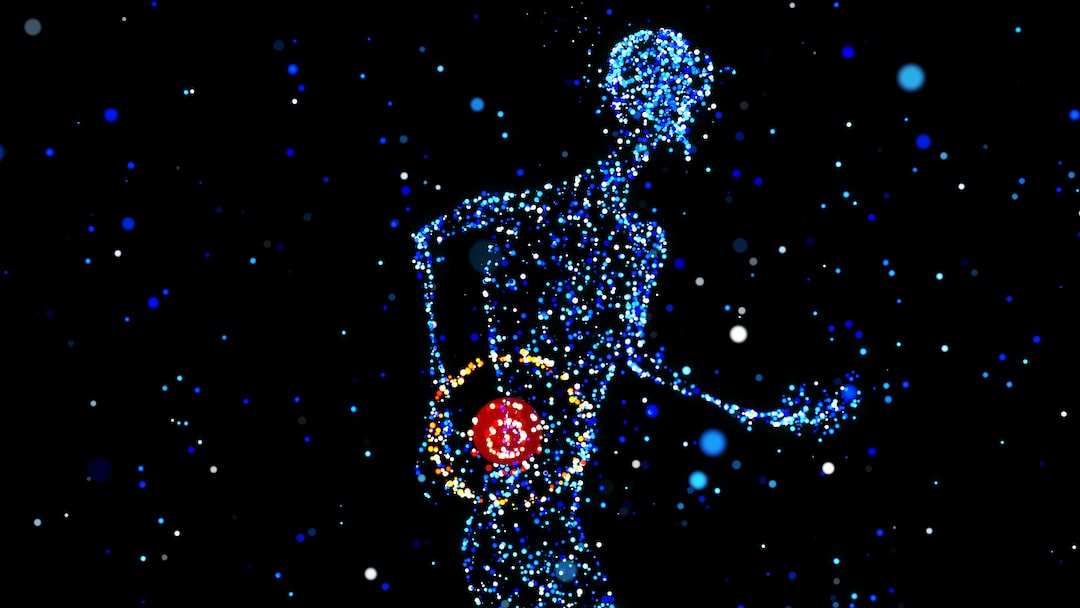Most Effective Treatment For Back Pain – Physical Therapy
Estimated reading time: 5 minutes

Treatments & Research
Back pain is very common, but that does not make it any less disruptive to the lives of those experiencing it. Pain can include pain that restricts movement and activity; with pain referral often occurring to the Gluteals or the Sacral area; pain such as burning, tingling in the legs (neural pain); difficulty sleeping; weakness at the back and legs, etc. This can and often does lead to lost time from daily life activity, work and recreation.
If this is not bad enough, even after the resolution of pain, concerns about the pain happening again and the health of the spine being compromised remain and issue to most patients. Thankfully, our understanding of back pain has come a long way, and therapists are trained to address all these issues.
Although, at its most basic level, back pain is the result of injury, degeneration, or a combination of these two factors, there is not a simple cause and effect when it comes to this condition. The matter of what is causing pain and dysfunction is complex.
For example, disc degeneration is present in 37% of asymptomatic 20 year olds. This percentage increases to 96% of 80 year olds having disc degeneration but no back discomfort.(Brinjikji et al.) Also, 19% of asymptomatic 20 year olds have annular tears of the disc, with one study finding that 37% of a 30 person sample of people with no pain had annulus tears.(Brinjikji et al.; Ernst et al.) That is why you will most likely be sent to see a physical therapist, rather than getting an MRI, as an MRI can only reveal the morphology of the spine, which may be unrelated to the cause of the pain.
Physical Therapy Intervention
Orthopedic Physical Therapists are trained to evaluate and diagnose movement dysfunctions, and to treat based upon the factors contributing to the dysfunction and pain. It is up to the therapist to recognize the phase of healing and the specific interventions needed to stimulate the appropriate healing and pain modulation.
The process of determining the capacity for recovery is ongoing as you undergo treatment, with therapists considering pathology, general health, daily activity routine, sleep quality, joint health history and so on. Therapy interventions include improving rest positions to decrease strain and maximize healing, sometimes addressing sleep positions and ergonomics, and regenerative movement prescription.
Other common interventions employed by the therapists to modulate pain and improve healing are joint mobilization, joint manipulation and instrument assisted soft tissue mobilization.
A therapist will consider not only how to address the pain, but also how to improve the health of the spine to decrease the likelihood of further episodes of pain.
A study looking at long term outcomes after therapy versus medical management and general advice showed a recurrence of 30% in those that underwent therapy, versus 84% in those that did not.(Hides et al.) The study that presented the above findings, specifically utilized stabilization exercises taught by the therapists. Stabilization exercises are very important, in large part due to the role of the vertebral disc in pain generation and perpetuation.
Start today..
However, a more tailored approach and more complete plan of care, progressing beyond stabilization exercises, will result in better back health, outcomes and ability. If you are having pain, you will benefit from evaluation by a therapist. But there is something you can start doing now to improve your back pain, before you get to a therapist: control Lumbar flexion in the early morning. (Snook et al.)
Most people feel like doing movements that feel good and listening to your body is acceptable, but it is important to recognize that this approach has limitations at least in this instance. For example, many people like to stretch their back by bending forward, flexing the Lumbar spine, because this is, at least in the short term, pain relieving. However, depending on the time of day this is done, degree of load, and the phase of healing, this may be preventing the resolution of disc origin pain. ((Schilling et al.)) Because discs are not innervated internally, there is no pain during the stretch, with pain sometimes occurring two or more hours after the stretch. The advice given to people with persistent recurring low back pain in this study, Snook et al, resulted in an average 33% pain reduction.
Post Author: David Hovsepian, PT, DPT, FAAOMPT, Dip. Osteopractic, Cert. DN, Cert. SMT
If you are having recurring back pain, an evaluation from a physical therapist could be a good next step. You can schedule an appointment with one of our professionally trained physical therapists today! We offer complimentary injury evaluations to get you started right away!
References
Brinjikji, W., et al. “Systematic Literature Review of Imaging Features of Spinal Degeneration in Asymptomatic Populations.” American Journal of Neuroradiology, vol. 36, no. 4, Apr. 2015, pp. 811–16. www.ajnr.org, https://doi.org/10.3174/ajnr.A4173.
Ernst, C. W., et al. “Prevalence of Annular Tears and Disc Herniations on MR Images of the Cervical Spine in Symptom Free Volunteers.” European Journal of Radiology, vol. 55, no. 3, 2005, pp. 409–414.
Hides, Julie A., et al. “Long-Term Effects of Specific Stabilizing Exercises for First-Episode Low Back Pain.” Spine, vol. 26, no. 11, June 2001, p. e243.
Schilling, Jim, et al. “Lumbar Disc Injury: Mechanisms and Intervention Options.” International Journal of Applied Sports Sciences, vol. 33, no. 2, 2021, pp. 140–150.
Snook, Stover H., et al. “The Reduction of Chronic Nonspecific Low Back Pain Through the Control of Early Morning Lumbar Flexion: A Randomized Controlled Trial.” Spine, vol. 23, no. 23, Dec. 1998, pp. 2601–2607.
Related Pages
Complimentary Injury AssessmentSee All Locations
Blog Archive
Follow Us
Have a question?
We can help, just fill out the form!
